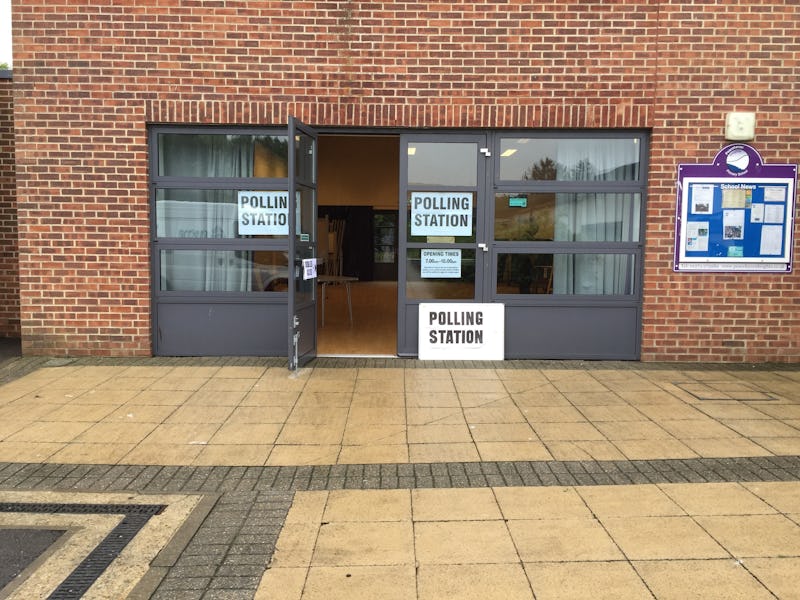Low-Tech Brexit: The UK's 'Antiquated' Voting System in the Spotlight
Unlike the U.S., British elections require zero electricity.

Britain voted in a historic referendum on Thursday whether to leave the European Union. A nation of 65 million voted over a period of 13 hours. Surprisingly, the momentous operation was done using very old-fashioned techniques, something voters weren’t all too happy about.
In the U.S., an array of voting technology is employed. A country of over 300 million people needs to collect votes together in a short span of time, and to do this, a number of systems are used, including ballot scanning, touch-screen interfaces, and punch card voting. The UK uses none such methods.
In the UK, districts (called constituencies) of around 70,000 people vote for a local member of parliament (MP) to represent them. Voters visit polling stations to mark a cross on a piece of paper with a pencil, before folding the paper and placing it in a big plastic box. When the polls close at 10 p.m., the boxes are emptied out and counted by volunteers.
It sounds like a nightmare, but with the small populations of each constituency, the first results start to come in only a couple of hours later. Some constituencies, like Houghton and Sunderland South, pride themselves on their counting speed.
Makes sense for small districts, but what about referendums? The thing is, this issue doesn’t come up too often. The country has only ever held three nationwide referendums (including Thursday’s), and they followed similar constituency lines for counting.
Inverse visited a polling station in Peacehaven, a small town on the Southeast coast of England. A small town of fewer than 15,000 people, some sights like the Barclays Bank have changed little since the town was founded in 1916. The local council is almost unanimously made up of Conservative Party members. Surely if there’s anywhere in the country willing to stand by tradition, it would be somewhere like this?
Not so. “It’s a bit antiquated, to be honest,” said Paul Harrison, 61. “But, it’s a system, it works, they’ve used it for quite a long time.”
In this referendum, the tried-and-tested pencil and paper came under fire by conspiracy theorists, who said that authorities could erase the pencil markings and change the vote. Using a pen, it was argued, would protect against fraud.
Pens might not be the only way the system could be improved. Mr. and Mrs. Andrews, a couple in their sixties, think the country could do with electronic voting. “It would be so simple, wouldn’t it? You just touch a screen, done!” said Mrs. Andrews. The current system, Mrs. Andrews said, is “a bit rubbish.”
Harrison saw flaws in an electronic system. “It would save a lot of aggravation,” said Harrison. “But, would it leave itself open to abuse?”
“These days, they say that about anything new,” said Mr. Andrews. “They can make them so secure if they need to.”
Not everyone was in favor of changing to an electronic system. “So many elderly, they can’t do that, like me. I couldn’t do that,” said Olive Goodwin, 82.
Goodwin also worried about having to enlist the help of grandkids to work out the system. “This is more private, isn’t it?” she said.
There are plenty of reasons why online voting may be a bad idea. Electronic voting also has its failures, too. But faced with the prospect of digging through reams and reams of paper, just to work out the result, could mean it may be time to rethink the trusty paper ballot.